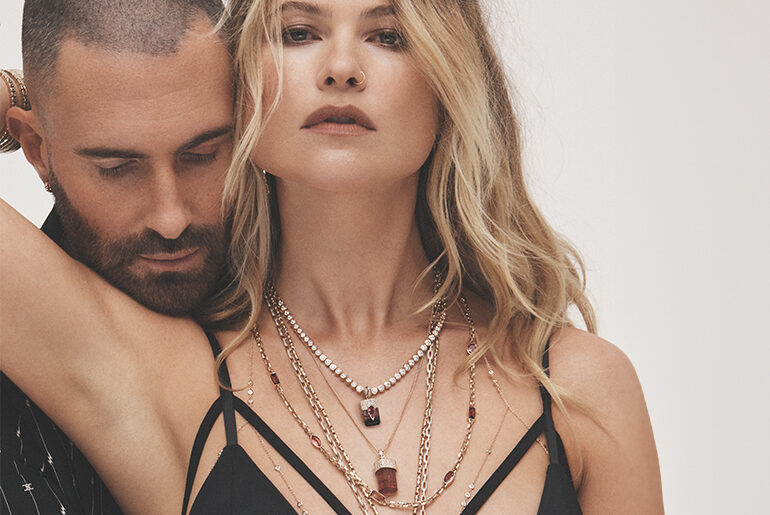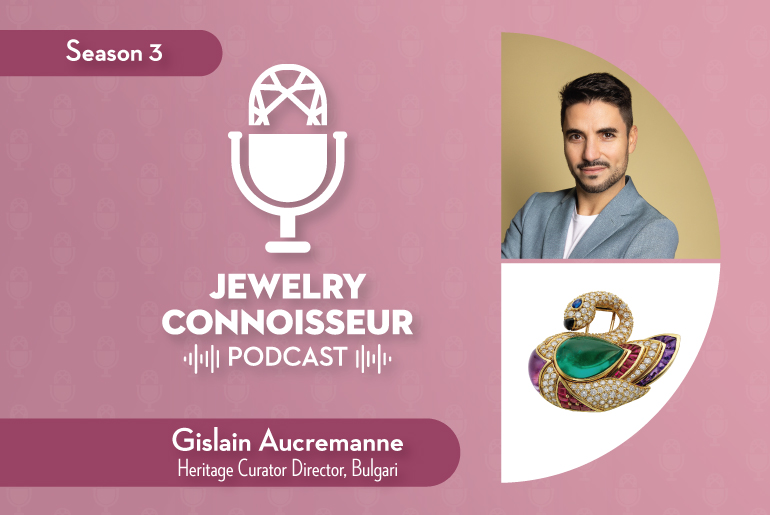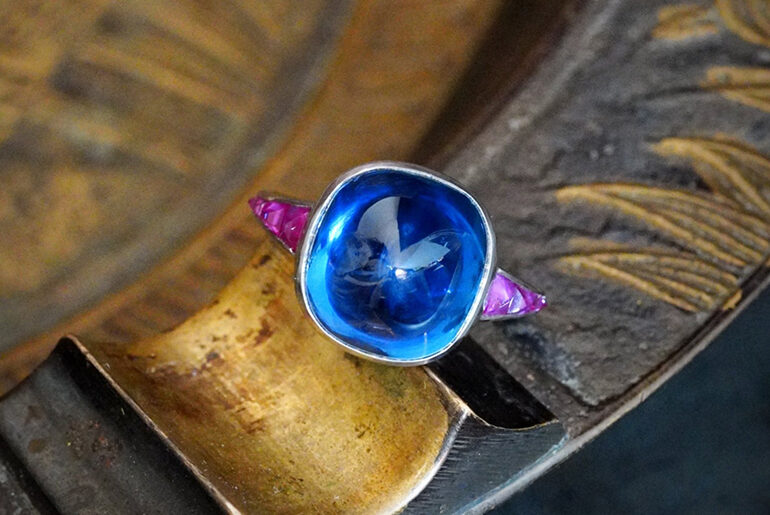For Australian luxury jeweler Musson, turning a rare stone into a spectacular ring was a historic opportunity, says creative director Olivar Musson.
Acquiring the 28.84-carat Argyle Octavia was one of the most important decisions the Musson family ever made, says the brand’s creative director Olivar Musson. The Sydney-based luxury jewelry house bought the stone — which is unique in its size, shape and luminosity — in February 2020, a few months before Rio Tinto’s Argyle mine closed. In its entire history, the mine only produced a tiny number of diamonds weighing over 20 carats, making the rough gem a rare find. Olivar and his father, Robert, the founder of Musson Jewellers, felt they “had a profound responsibility to create the most beautiful and unique piece of jewelry, to best celebrate a diamond of such rarity.” Together with their partner, John Glajz, they unveiled their extraordinary creation at a glitzy party on Sydney Harbour in December 2020 and sold it for an undisclosed amount. Here, Olivar reveals the creative journey of the Argyle Octavia from historic rough to spectacular ring.

Why was it so important to purchase the Argyle Octavia?
We wanted to be a part of the history of the Argyle mine. Acquiring such an incredible, perfect octahedral crystal and it being the largest of its kind ever found, in the 37 years of the mine’s life, at 28.84 carats, was something we wanted to be involved with. This is history in the making for Australia. It is staggeringly rare for Argyle to produce a diamond crystal like this. Not only was its size and incredible shape so unexpected, it was hard to believe it was real.
It was purchased at Rio Tinto’s tender in Antwerp in 2019 by American investors, but, due to the unique tension and pressure in the diamond crystal, they were reluctant to attempt to cut it. They considered the risk too great. It came to the attention of diamond aficionado and one of the largest and most prolific Argyle authorized partners, John Glajz, with whom we had previously worked on unique collaborations. The challenge and reward that the Argyle Octavia presented made it the perfect opportunity for another venture.

What was the biggest challenge working with such a stone?
The challenge in releasing the brilliance and beauty of the rare diamond lay in the risk. At any moment in the polishing and cutting process, the ancient stresses and pressures within the diamond could emerge and destroy it, right on the workbench. Diamonds from the Argyle mine are uniquely difficult to work with, because of their relative geological youth.
It’s like a piece of Australian hardwood. Compared to the Argyle Octavia, other diamonds cut like butter. One of the attractions of the Argyle Octavia, and part of the value to the eventual owner, is that we were willing to take on the stress and risk of the cutting and polishing process. It wasn’t easy. It was a hard-fought win. It could have been lost at any moment.

Who cut the Argyle Octavia?
We and Glajz trusted the passion and professionalism of our master polisher, Ignace Claes, who worked on the diamond for two months, day after day, in Covid-19 lockdown in Antwerp, Belgium. Claes has more than 25 years’ experience polishing and cutting diamonds and worked under the watchful eye of diamond industry guru Michel Farah. The princess cut from the Argyle Octavia was the largest, brightest single stone that could be achieved, along with the smaller matching hearts.

How did the cut inspire the ring’s dramatic design?
When the Argyle Octavia yielded its optimal diamonds — a princess-cut 17.18 carat and two smaller, heart-shaped diamonds of 1.71 and .052 carats — there was no doubt in our minds about how to best present such a trilogy of diamonds. We wanted the triumvirate of diamonds to be harmonious, for the piece to be eminently wearable and to absolutely showcase the hero diamond, especially from the point of view of the owner.
The final piece consists of three rings of platinum and rose gold that can be worn together to showcase the Argyle Octavia in its complete glory, or separately to allow the wearer to enjoy the hero princess cut on its own. Pink diamonds festoon the surrounding bands that feature the smaller heart-shaped diamonds, as a homage to the extraordinary colored diamonds of the Argyle.
This ring represents the pinnacle of our long-standing relationship with Argyle and its diamonds. We are delighted to have created jewelry from the mine’s most wonderful white diamond. It’s a fitting celebration of a relationship of almost three decades.








1 Comment
As I website owner I believe the content here is really wonderful, thankyou for your efforts.